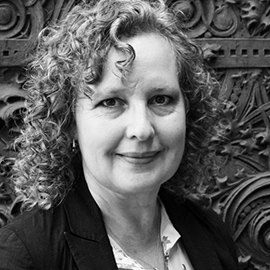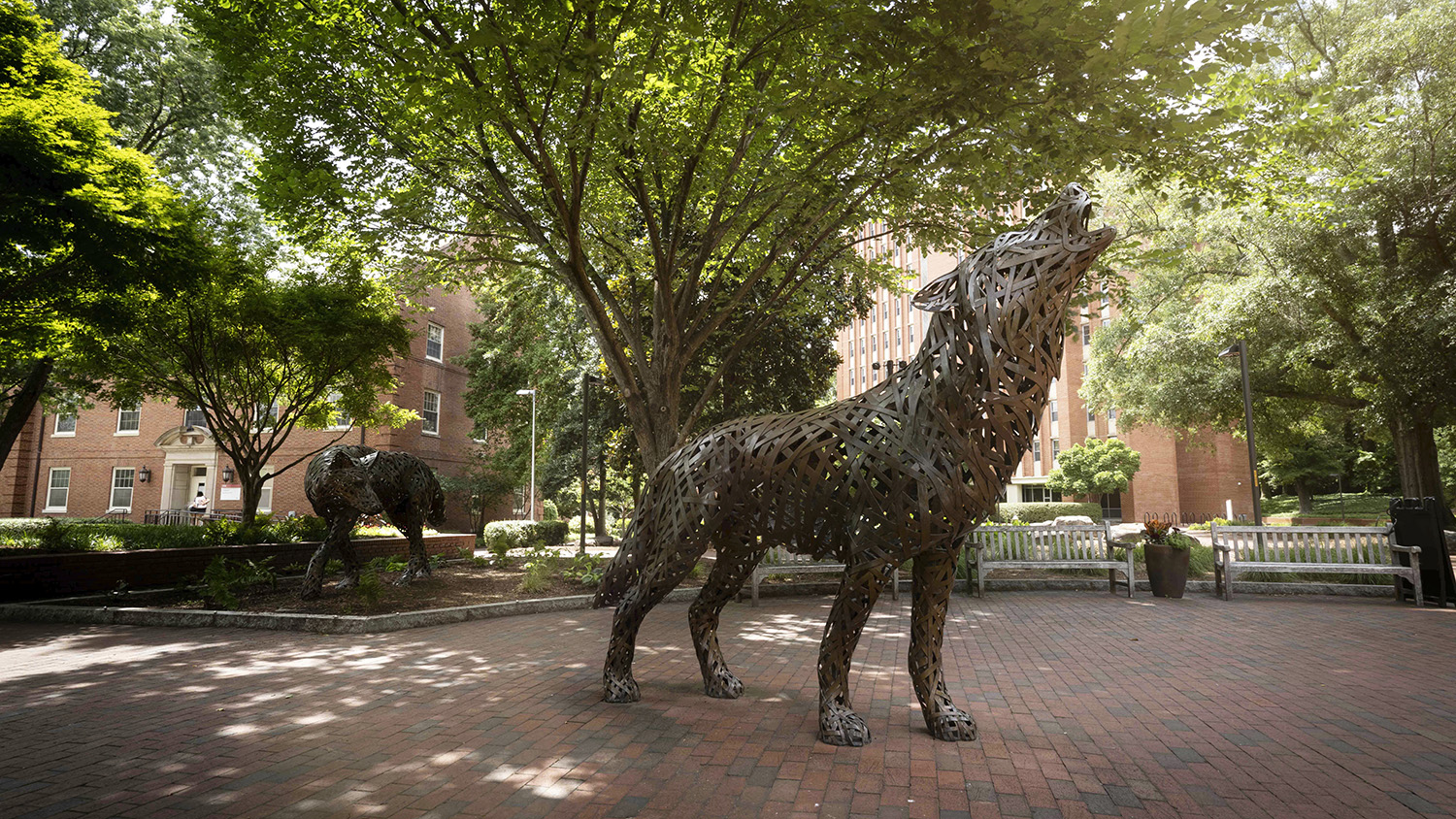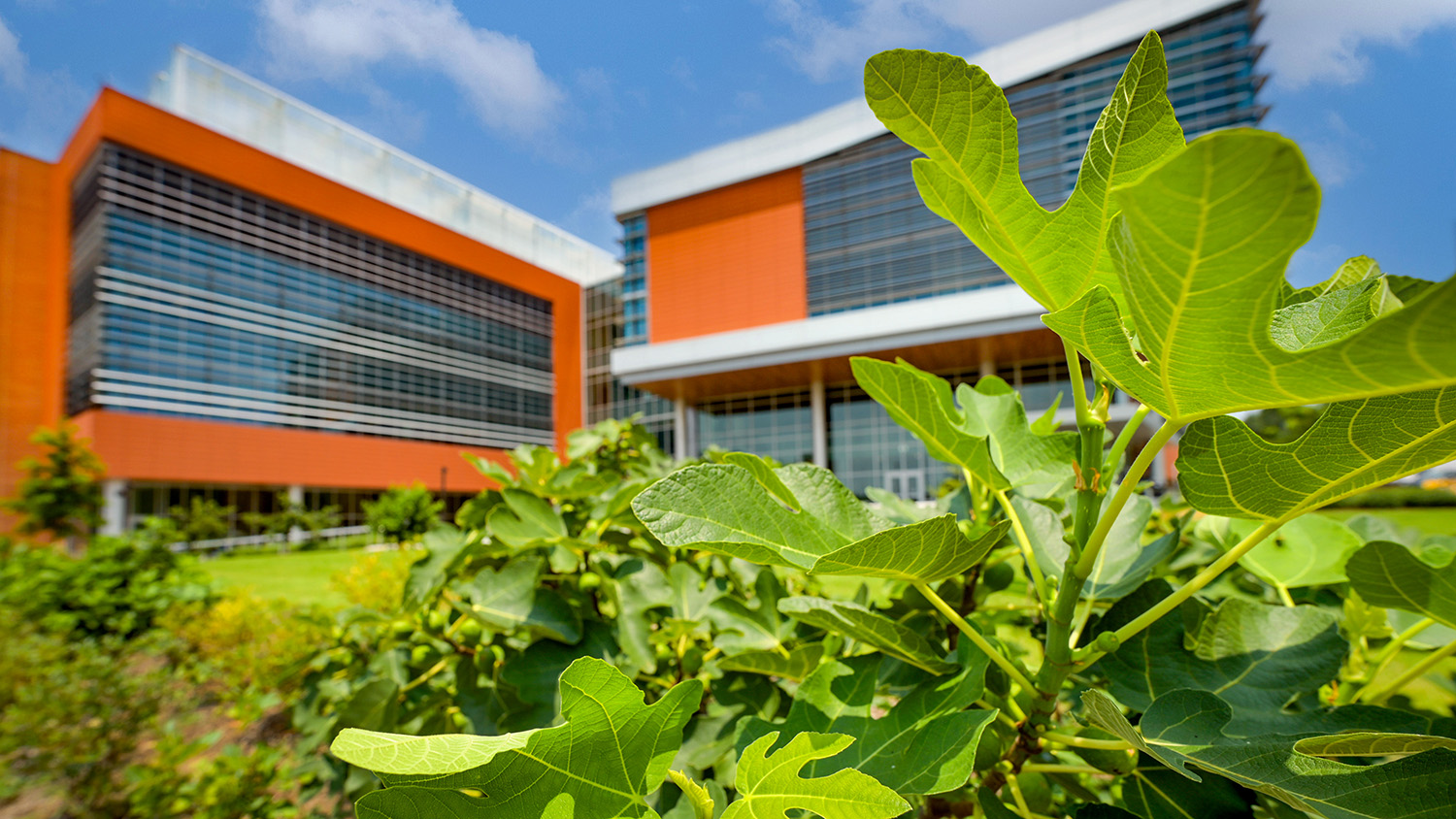Pack Hacks for Faculty: Prioritizing Service Learning

Welcome back to Pack Hacks for Faculty. Each month, a member of the NC State faculty will provide quick tips, advice and other insight to facilitate your teaching, research, scholarship or engagement activities. If you are interested in making a submission for a future Pack Hacks for Faculty, please review our submission guidelines and contact provost-communications@ncsu.edu if you have questions.
This month, Julieta Sherk, associate professor in the Department of Horticultural Science in the College of Agriculture and Life Sciences, talks about how faculty can integrate service learning into their teaching.
Prioritizing Service Learning
 Service learning has a long history in academia, with educational reformer John Dewey promoting the idea in the late 1800s. Henry Sanoff, architecture professor emeritus, began training students in community-based participatory design in the College of Design in 1966, and Professor Emerita Sarah Ash’s publications around 2002 describe the three common components that come together in service learning. These are academics, relevant service, and critical reflection. Further, they describe the critical reflection goals of service learning in the categories of; personal growth, academic growth, and civic learning.
Service learning has a long history in academia, with educational reformer John Dewey promoting the idea in the late 1800s. Henry Sanoff, architecture professor emeritus, began training students in community-based participatory design in the College of Design in 1966, and Professor Emerita Sarah Ash’s publications around 2002 describe the three common components that come together in service learning. These are academics, relevant service, and critical reflection. Further, they describe the critical reflection goals of service learning in the categories of; personal growth, academic growth, and civic learning.
I began taking faculty development courses at NC State in 2009, which helped me to explore teaching strategies. These motivated me to develop new ideas on teaching and learning. More recently, I have joined and collaborated with the NC State Community-Engaged Faculty Fellows. From what I have learned from Sanoff and Ash, along with the Faculty Fellows, I wanted to share some insights on integrating service learning into courses.
Understand the Importance of Service Learning
Maryellen Weimer (2002) explained that learning should be defined as a qualitative change in a person’s way of seeing, experiencing, understanding and conceptualizing something in the real world. This definition values hands-on work with a real community. Service learning courses in design require students to develop proposals based on their interaction with community members in a real world that was previously foreign to them.
It is important for my students to develop civic responsibility as part of their education and I do that through service learning projects. Infusing service learning, civic-mindedness and environmental/cultural sensitivity in teaching develops student and faculty skills that are necessary to tackle the complexities of working in a real-world context.
Service Values Others
Faculty and students can serve as powerful resources to under-served communities. I use my extensive professional and field experience to teach students to work effectively with communities to promote the positive effects of landscape on health, safety and welfare of human and natural systems.
Service learning academic projects can provide design and construction value to community partners, as well as immeasurable social impact through key strategic actions including the construction of environmentally and culturally responsible projects. These experiences give students a sense of civic duty. Training students and faculty to engage communities that lack access to design improvement assistance methods makes future improved community development applicable to more people.
Take a Growth Mindset
Service learning sets the stage for the opportunity for critical student reflection at each stage of the participatory design process. Students can work with industry leaders and local landscape contractors for professional experience and networking, to create a point of pride for themselves and NC State. Concerning empathy and connections, classroom activities develop the capacity to recognize the feelings experienced by others and help to promote growth in the student’s affective learning realm.
Recently I co-taught a new Landscape Design/Build Studio (HS 272), in which students interacted with professionals and successfully designed and installed an artful garden that addressed social and cultural needs while providing ecosystem services including stormwater management and pollinator habitat, and celebrating the Horticultural Science Department in front of Kilgore Hall. This pedagogy ensures that students use critical thinking to make essential, thoughtful design (democratic design) rather than decoration (conventional design).
Students learn to strive to empower individuals to bring about effective social, economic and political change. The idea of education as a tool of social change has inspired activists, volunteers and community leaders.
Integrating Service Learning In-Person and Online
A key factor to integrating service learning into a class is having relationships in the community you intend to serve. Having training in working with community partners is critical to having a successful experience. You must also train your students to work with communities.
Class activities should be designed to strengthen their ability to contrast different values, resolve conflicts between them and create unique new value systems. Infusing service learning in classes is improved by being active in a professional network in your field (mine is landscape architecture). Service learning projects can be created for virtual classes by making innovative use of online mapping, surveys via Qualtrics, collaborative Jamboards and Zoom meetings. This level of teaching takes massive amounts of work, time, coordination, planning and expertise, but a willingness to do this work is greatly rewarded by the outcomes to students and community.
Julieta Sherk is an associate professor in the Department of Horticultural Science in the College of Agriculture and Life Sciences. She can be reached at jtsherk@ncsu.edu.
- Categories:


